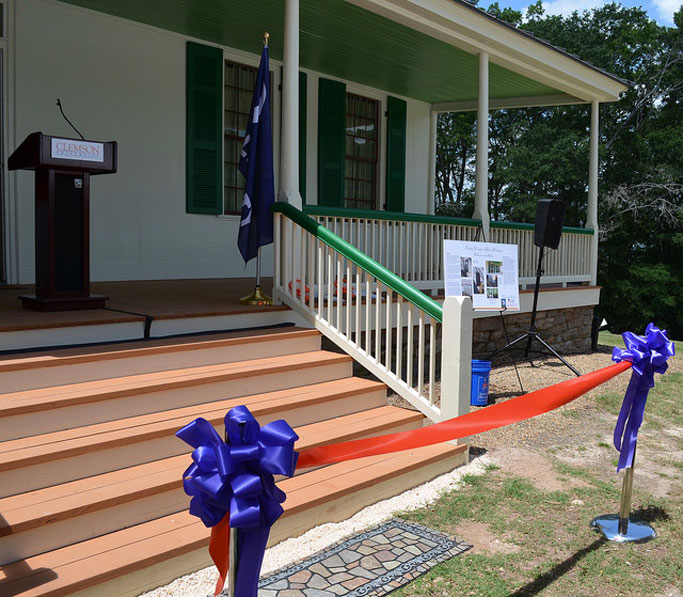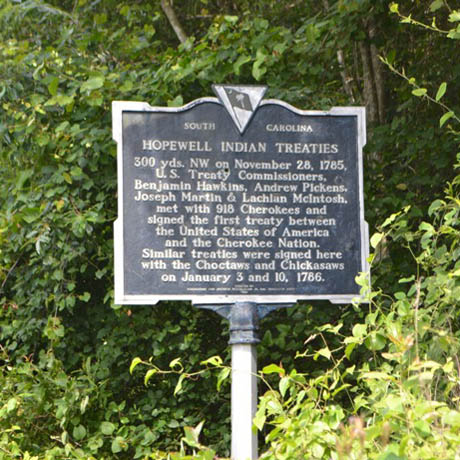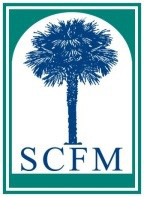Hopewell: Pickens Family & Treaty Site
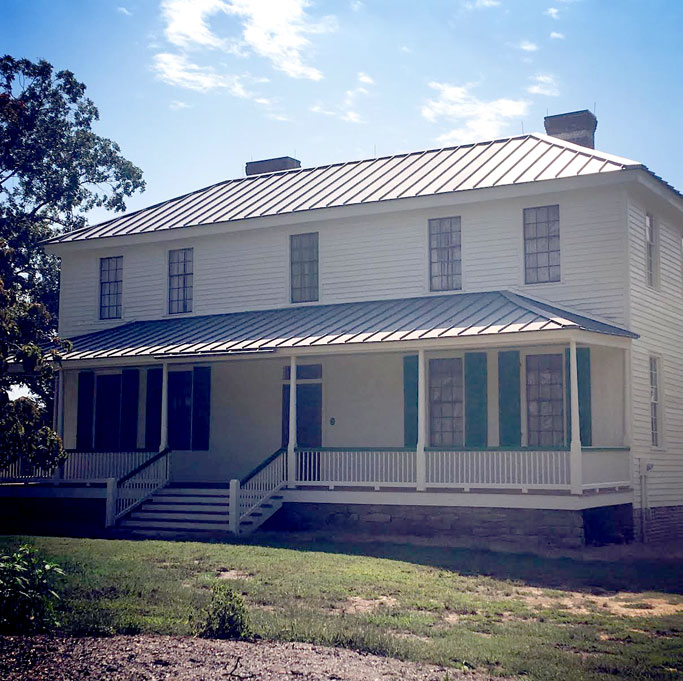
Among Clemson’s historical treasures, Hopewell once overlooked the Seneca River — now Lake Hartwell — the property features the surviving, circa 1815 home of S.C. Governor Andrew Pickens, Jr.
Prior to the American Revolution, the land that would become part of Hopewell, including land that was awarded for military service to General Andrew Pickens, was home to the Cherokee. The Lower Town of Esseneca was destroyed following the August 1, 1776 battle, and, following the Treaty of Dewitt’s Corner in May 1777, the Cherokee ceded over most of their land in South Carolina.
During the residency of the Pickens family, Hopewell became a site of enslavement. Following the 1824 sale of the Hopewell property to US Congressman John Carter, African Americans were enslaved at Hopewell by the extended Reese-Cherry families until Emancipation. Before the current house was constructed, during Gen. Pickens’ residency, the land holdings were enlarged, and Hopewell developed into one of the largest sites of enslavement in Pendleton District. The last owner resident of Hopewell was George Reese Cherry who was a Politician during Reconstruction.
The first log cabin structure was built around 1785 on the land and named “Hopewell” by General Andrew Pickens; this original structure was where the Pickens family lived when the Hopewell Treaties were signed between the United States of America and the Cherokee (November 28, 1785), the Choctaw (January 3, 1786), and the Chickasaw (January 10, 1786) respectively. The Creeks chose not to participate in the peace negotiations at Hopewell.
The Treaty Oak that stood witness to these three Hopewell Treaties survived into the early 20th century, before being lost to a storm.
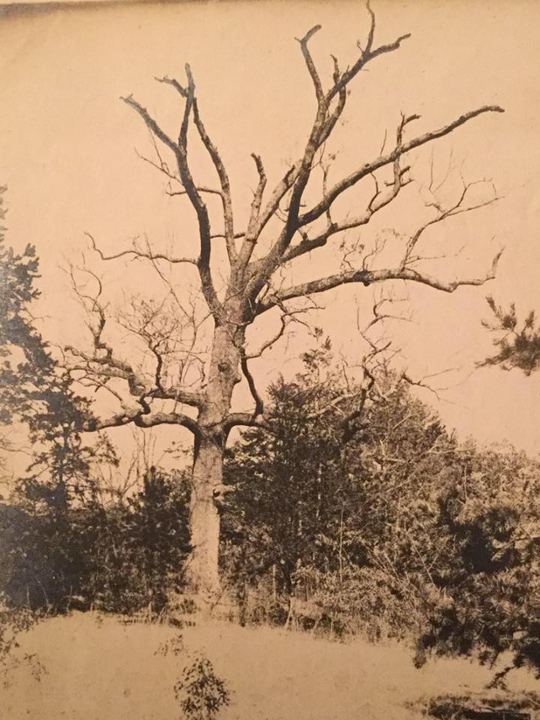
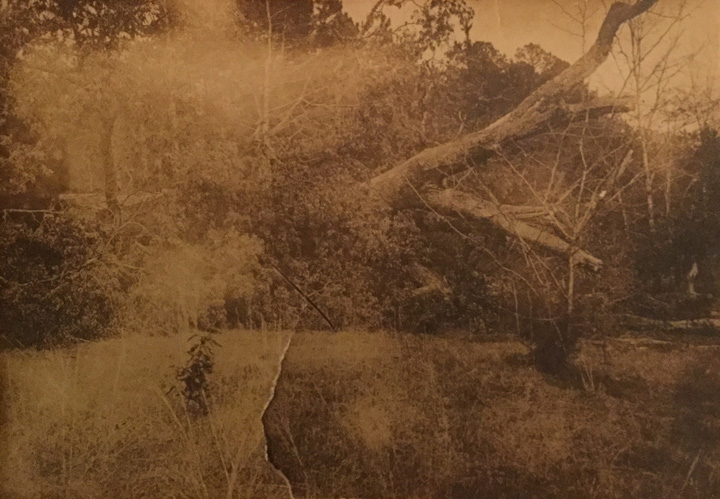
By 1809, General Pickens, his wife Rebecca Calhoun and younger children left Hopewell for the Red House in Tamassee, and Andrew Pickens, Jr. assumed control of the portion of the property where he had the current dwelling house constructed. This log cabin structure was later home to two South Carolina governors and a U.S. congressman. In the 1950s, Clemson University took over managing Hopewell, converting it to a self-sufficient farm as part of a federal economic-relief program.
Hopewell is representative of a rural house type, which was common in the 19th century in the South Carolina backcountry. On this land, Gen. Andrew Pickens led negotiations with the Cherokees, Choctaws, Chickasaws, Creeks, and Chickamaugas were monumental in peaceful treaties and cohabitation with Native-Americans following the Revolution.
The 2017 Front Porch Restoration Project was made possible through our donors’ matching donations and the NSDAR’s Special Projects Grant through the sponsorship of the Andrew Pickens Chapter, NSDAR.
